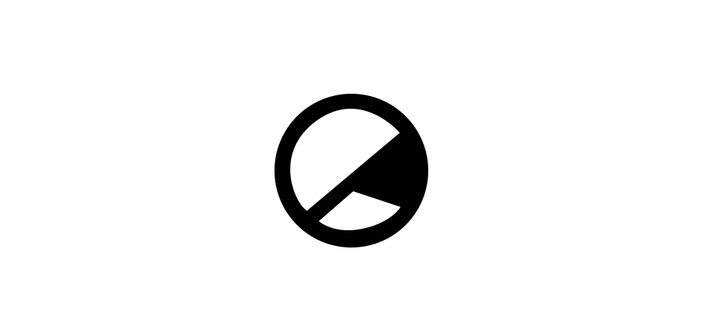As a true voice of the people Michael Armitage's latest exhibition is an exceptional example of the power of story telling through art.
-
10
Once again White Cube is hosting an online exhibition featuring the work of British-Kenyan artist Michael Armitage. In this latest exhibition Armitage’s collection ‘Another’s Tongue’ is being showcased to a global audience demonstrating how he weaves multiple voices and narratives into his work, which highlight the Kenyan landscapes and urban life in East Africa.
Born in Kenya 1984 Michael Armitage currently lives between Nairobi and London working on projects which are chiefly concerned with the social and political issues of modern society. As well as drawing on his own memories and experiences, Armitage also uses historical and current news media to influence the subjects of his artwork. In previous collections Armitage has used oil on Lubugo, a traditional bark cloth from Uganda which typically features a wide array of bright colours, yet this directly contrasts with the media used in ‘Another’s Tongue’. In this latest collection, the landscapes and people of Kenya are portrayed in fluid ink studies, using varying shades of brown ink and empty canvas space to create unique scenes found across Kenya.
There are two artworks in particular which demonstrate Michael Armitage’s innate ability to command ink on paper. Lake Nakuru (2019) is arguably one of Armitage’s most impressive yet subtle landscapes. At first glance this piece may seem overly simplistic with little detail, but this exhibition is weighted in the patience and keen observation of audiences. This landscape gets better the more you look at it! The use of white space on the paper represents a perfect stillness on the surface of the lake, whilst the earthy-brown tones give a sense of depth to the scene — the trees and grasses in the foreground are drawn using a darker shade in comparison to those in the background. Armitage has also included a few birds which are most likely representative of flamingoes; Lake Nakuru is world-famous for the flamingo population that flocks to the lake for its warm waters and large amounts of algae.
The second piece of art is Street Performers, Musicians (2020), an urban scene focussed on five musicians. In a similar way to Lake Nakuru, the use of white space is as effective as the ink outlining the individual musicians. The darker shades of the ink form faces of each individual which blends into lighter shades and eventually tapers into white space. Armitage explores the notion that although these musicians are important as individual people, they’re far more valuable as a collective — this could be symbolic of an idyllic society where individuals who are respected for who they are stronger in togetherness.
The ‘Another’s Tongue’ online exhibition is an exceptional example of the power of art. Michael Armitage uses his talent to facilitate a discussion about the social and political issues that are becoming even more prevalent in modern society. Instead of voicing his own opinions Armitage allows his art to speak for others, in doing so he lifts up a community and gives them a chance to tell the rest of the world their story. Originally coined by Fred R. Barnard the modernized phrase, ‘a picture paints a thousand words’ rings true when being attributed to Michael Armitage’s ‘Another’s Tongue’ exhibition. The fluid ink studies on display in this exhibition all promote various interpretations that can be taken away from the experience. Regardless of the multitude of possible interpretations, it is impossible to ignore the social and political messages which influence Armitage’s work.
This impressive exhibition has been carefully curated by the team at White Cube to amplify the voices of the individuals and communities in Kenya. As a thoroughly enlightening experience this collection has all the trademarks of an excellent exhibition. Despite it being a very different style from the Kenyan artists previous collections, the fluid ink studies of various people and landscapes in the ‘Another’s Tongue’ exhibition do the voices behind the art justice through the storytelling component of these artworks.



